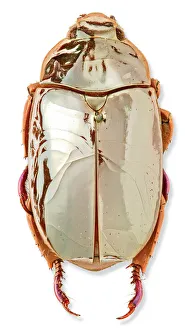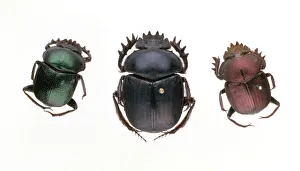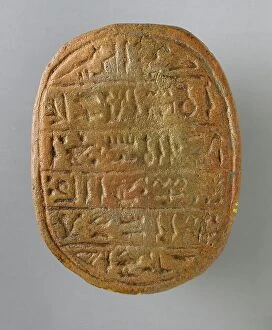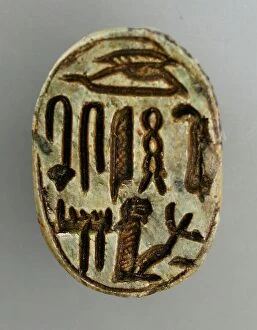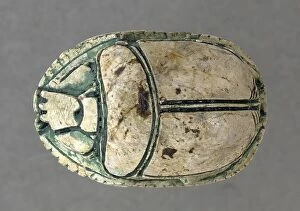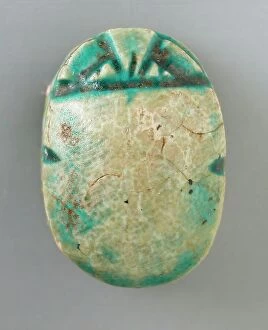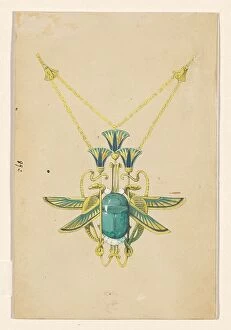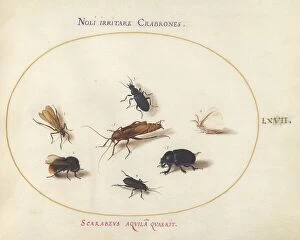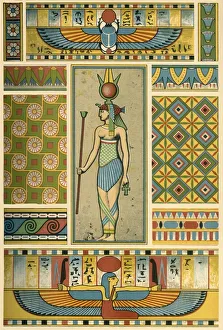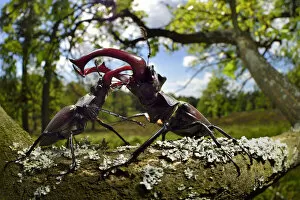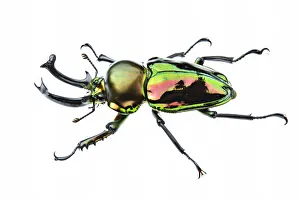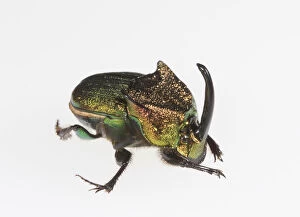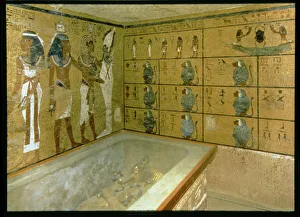Scarab Beetle Collection
The scarab beetle, scientifically known as Chrysina limbata or the silver chafer beetle, is a fascinating creature that has captivated humans for centuries
All Professionally Made to Order for Quick Shipping
The scarab beetle, scientifically known as Chrysina limbata or the silver chafer beetle, is a fascinating creature that has captivated humans for centuries. These beetles belong to the family Scarabaeidae and are often associated with ancient Egyptian decoration. In Ancient Egypt, the scarab beetle held great significance and was considered a symbol of rebirth and regeneration. They were commonly used in jewelry and amulets, adorning tombs and temples. A stunning example can be seen in an image from 1898, where an unknown artist beautifully captured this intricate piece of art. While scarab beetles have their own unique charm, they share some similarities with another remarkable insect - the stag beetle (Lucanus cervus). In June, male stag beetles engage in fierce battles on oak tree branches along the Elbe River in Germany. The sight of these majestic creatures locked in combat is truly awe-inspiring. Not to be outdone by its stag beetle counterparts, the golden green stag beetle (Lamprima sp. ) boasts impressive mandibles that gleam under sunlight. This adult male stands out with its shiny appearance against nature's backdrop. Another striking image showcases a silhouette of a male stag beetle against a leaf under controlled conditions. This photograph highlights both its distinctive shape and delicate features. Moving back to ancient Egypt, we encounter an artifact depicting Thutmose I's reign - specifically his name written as "Aakheperkara" alongside a scarab motif. Such artifacts provide valuable insights into Egyptian history during Dynasty 18 of the New Kingdom era. Returning to modern-day Europe brings us face-to-face with yet another magnificent specimen: an adult male stag beetle perched on an oak tree branch in Italy. Its presence serves as a reminder that these incredible insects continue to thrive across different regions. Venturing across continents takes us to Florida in the United States where we find ourselves observing a rainbow scarab male against a white background.

